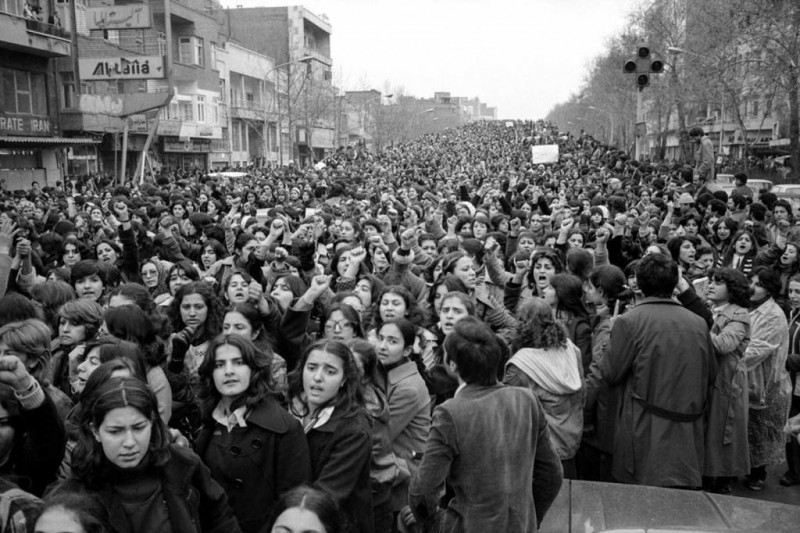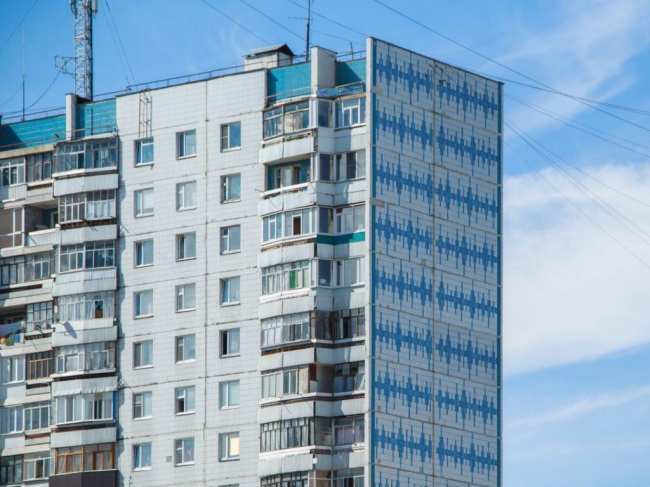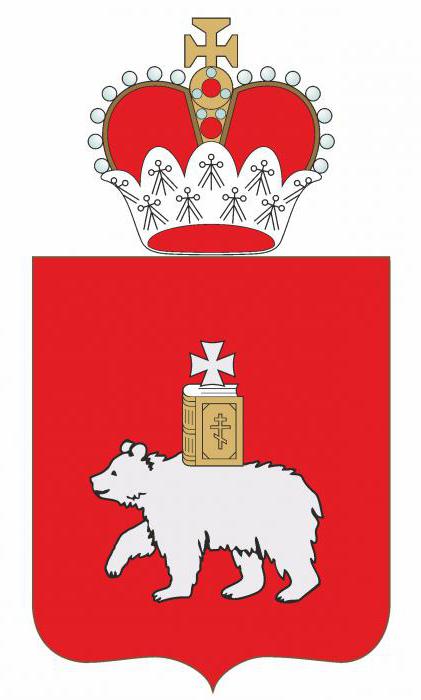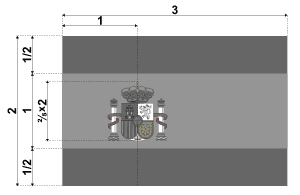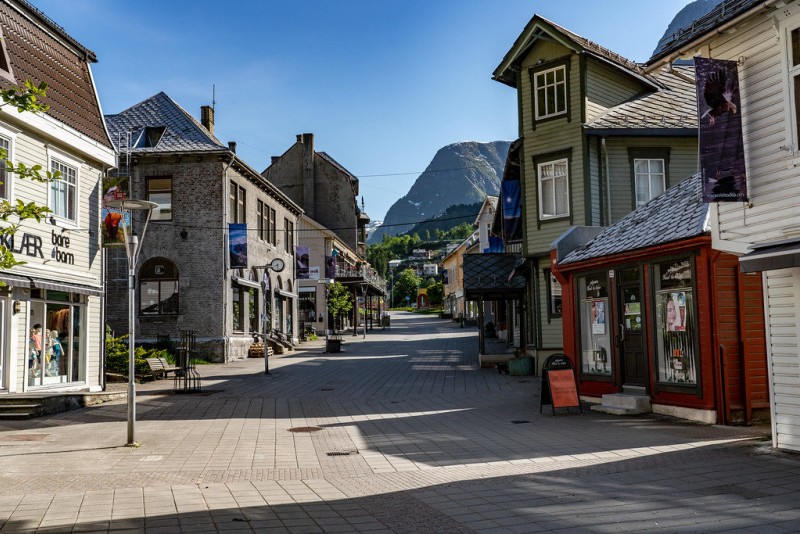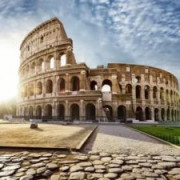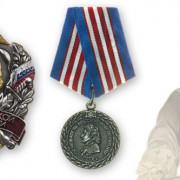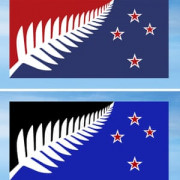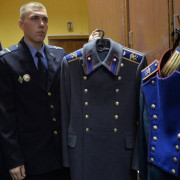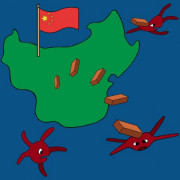Флаг норвегии: мифы, значение и отношение
Содержание:
- Norway’s flag during the union with Sweden
- Legal definition
- История
- Norwegian flag days
- Формирование нынешнего вида стяга
- Исторические предпосылки
- Значение деталей
- Traditions regarding the flag
- Символическое значение
- Laws regarding the flag
- История флага
- Independence and the current flag
- File history
- History
- Captions
- Licensing
- File history
- File usage on Commons
- File usage on other wikis
- Metadata
- Norway’s flag during the union with Denmark
- Symbolism
- Интересные факты
- Трогательная легенда
Norway’s flag during the union with Sweden
Following the union with Swedon, Norway retained the ‘Daneborg’ flag, but with a small adaption, the Norwegian lion was added to the top left corner:
The modified Danish flag was in use until 16 May 1821, at which point a new Norwegian flag was agreed upon. Businessman and politician, Fredrik Meltzer, submitted a draft that the National Assembly liked. And so the flag we recognise today was born.
It is said that Meltzer’s son sketched a blue and white flag when he was actually trying to draw the Danish flag.
The colour scheme of red, white and blue were at the time recognised as colours of freedom and were used other dominant flags such as the French, American and British flags. The new colour scheme helped Norway connect to its current commitments, Sweden represented by blue, while still recognising its past and the red and white of Denmark.
Legal definition
|
National and merchant flag |
State and war flag |
|
| Red: PMS 200. Blue: PMS 281 (Pantone) |
The proportions of the national flag are 22:16 (width to length), its colour elements having widths of 6:1:2:1:12 and lengths of 6:1:2:1:6.
The proportions of the state flag are 27:16, or 6:1:2:1:6:11 horizontally and 6:1:2:1:6 vertically.
The law regarding the Norwegian flag by the Ministry of Foreign Affairs defines the colours as intense red and dark blue («høirødt» og «mørkeblåt») and white, with no reference to a specific colour system.
Flag producers normally use the red colour 200 and blue colour 281. In web colors, these Pantone colours approximately correspond to #BA122B for intense red and #00205B dark blue. These colours for the Norwegian flag were also defined on page 79 of the publication «Flags and anthems manual, London 2012», and were used for the summer Olympic games in London 2012. Oslo Orlogsforening also specify Pantone 200 and 281. The flag manufacturer Langkilde & Søn even refers to Pantone 200 as «Norwegian Red» and Pantone 281 as «Norwegian Blue».
Other sources have specified different colours for the red and the blue in relation to the Pantone colour matching system. The Store Norske Lexicon mentions (with no clear source) that the Norwegian Ministry of Foreign Affairs defines the red colour as «Pantone 032 U» and the blue as «Pantone 281 U». These colours are also quoted in a document on the Norwegian government’s web pages. However, Norwegian flag producers consider this red colour to be incorrect, and have complained that the Norwegian state propagates what they perceive as misinformation. For example, it has been argued that pantone suffixes (such as C and U) only are relevant for print on paper, and thus should not be used to specify flag colours. Norwegian authorities have since clarified that the colours only were an internal recommendation intended specifically for screen printing, and not a legal definition, and has since withdrawn the recommendation. The Nordic Council currently defines the red colour as «Pantone 186 C» and the blue as «Pantone 287», according to the Nordic Flag Society However, four years earlier the same website mentioned the blue colour as «Pantone 301».
On 25 April 2018 the Norwegian foreign minister recommended that Norwegian flag manufacturers take initiative to form a technical standard describing a guidance on which colours to use in the flag of Norway, similar to what has . It was stressed that it is the colour of the finished product that matters, and that this may result in the guide describing different colour codes for fabric, paper and web use.
История
Норвежцы долго “искали” свой флаг. Но надо сказать, что, утвердив его окончательно, они остаются верны своему любимому символу, ничего в нём не меняя с конца XIX столетия.

При этом на территории Норвегии в разные периоды времени использовались следующие флаги:
- Золотой лев Святого Олова с топором в центе красного полотна. Использовался с 1280 г.
- Во времена Кальмарского союза (1397-1523 гг.), предположительно, на желтом полотне стоял красный скандинавский крест.
- Норвежские корабли ходили под датским полотнищем в период датско-норвежской унии (1536-1814 гг.).
- Начиная с 1814 г. норвежцы пользовались флагом, рисунок полотна которого был датским, при этом в его кантоне был изображён гербовой коронованный лев. Он использовался как морской до 1821 г., а как торговый и государственный он просуществовал лишь год – до 1815 г.
- С 1815 по 1844 г. в ходу полотнище Швеции, в кантоне которого на красном фоне был нарисован перекрещенный белый крест. Он поднимался на торговых судах.
- С 1844 по 1899 гг. – на полотнище находился не пользующийся любовью народа символ, прозванный презрительно селёдочным салатом: на мельцеровском полотнище, в кантоне, красовался знак норвежско-шведской унии (четырёхчастный квадрат норвежских и шведских цветов соответственно).

Лишь в 1899 г. окончательно был принят современный вариант норвежского флага, предложенный Ф. Мельцером ещё в 1821 г.
Norwegian flag days
- 1 January — New Year’s Day
- 21 January — Princess Ingrid Alexandra’s birthday
-
6 February — The Sami National Day. (An official flag day both for the Sami people and for the whole of Norway.)
- 21 February — King Harald V’s birthday
-
16 March — The Kven National Day. (An official flag day for the Kven people.)
- Easter Sunday
- 1 May — Labour Day
- 8 May — Liberation Day 1945
-
17 May — Constitution Day 1814 (National Day)
- Whitsunday
- 7 June — Union Dissolution Day 1905
- 4 July — Queen Sonja’s birthday
- 20 July — Crown Prince Haakon Magnus’s birthday
- 29 July — Olsok. (Olav’s Mass. In memory of King Olav Haraldsson (the Holy), who died in the battle of Stiklestad 29 July 1030.)
- 19 August — Crown Princess Mette-Marit’s birthday
- Second Monday of September every 4 years — General election
- 25 December — Christmas Day
Формирование нынешнего вида стяга
Молодому государству норвежский флаг понадобился только в пятом году двадцатого века. Парламент Норвегии в это время пригласил «на царство» принца Карла из Дании (кстати, по-норвежски он стал называться Хоконом). Граждане Норвегии однозначно хотели свой флаг, но при этом он должен был подчеркивать близость страны к Дании. Достоверно неизвестно, вспомнил ли кто-нибудь про игры малолетнего Герхарда Мельцера, или аналогичная идея пришла еще в одну голову, но в качестве основы флаг Норвегии получил государственное полотнище Дании. Синий крест стал символом нового союзника – Швеции, а весь флаг уже полностью принадлежал Норвегии.
Исторические предпосылки
Начать стоит, наверное, с того, что Норвегия повторила путь многих не слишком крупных европейских государств. Она недавно получила то, что сейчас гордо называют автономией. Соответственно, и государственным символам, среди которых флаг Норвегии, не так много лет. Долгие четыре века эта страна была в союзе, а скорее, под протекторатом Дании. Затем столетие на этом посту Данию заменяла Швеция. Так что в течение длительного периода собственный флаг Норвегии мог только сниться. Однако, в отличие от многих других государств, Норвегия не стыдится своей истории и не пытается ее забыть. Несмотря на не так давно обретенную независимость, а это случилось в 1905 году, эта скандинавская страна не хочет игнорировать свое долгое сотрудничество с Данией.
Значение деталей
Как уже было сказано, основные цвета, в которые окрашен флаг Норвегии, символизируют ее совместное прошлое с двумя другими скандинавскими странами. Но это не все значение, вложенное создателями в основной символ государства. Сочетание этих цветов несет ту же смысловую нагрузку, что и расцветка французского флага, то есть обозначает свободу страны и личности.
Кстати, отличием флага образца девятнадцатого века от современного его вида является отсутствие на нем герба шведско-норвежской унии, который был весьма презираем норвежцами за пестроту и безвкусие. Они даже называли эмблему салатом из селедки. Так что теперь норвежский флаг приобрел более благородный и строгий вид, чем в прежние времена.

И флаг, и герб Норвегии пользуются большим уважением со стороны жителей королевства. Герб, кстати, не отягощен романтичными историями, связанными с детским творчеством. Он произошел от древнего герба норвежских королей, где изображался лев Святого Олафа. Когда в королях взыграли монаршие амбиции, зверю был добавлен боевой варяжский топор в передние лапы, а голова – увенчана короной; короной обзавелся и геральдический щит, на котором изображен лев, причем этот венец – с драгоценными камнями. В полном составе герба имеется еще горностаевая накидка-мантия, удерживаемая короной на щите, а сам щит должен быть окаймлен геральдической цепью ордена все того же Святого Олафа.
Можно сказать, что флаг и герб Норвегии отличаются друг от друга степенью простоты: насколько демократично знамя, настолько же герб древний и многозначный.
А норвежцы по-прежнему гордятся своей страной: практически над каждым домом высится флагшток со знаменем; национальным стягом украшаются шляпы, куртки и машины; и даже малыш, едва научившийся говорить, охотно поет гимн своей страны.
Traditions regarding the flag
Music when raising (hoisting) or lowering the flag
When raising the Norwegian flag on festive or ceremonial occasions, the hoisting will often be accompanied by a bugle call, fanfare, or the national anthem (Ja, vi elsker). For civilian use on ceremonial occasions, there are no written rules concerning this. The Norwegian armed forces have a unified bugle call for hoisting and lowering the flag, known as «flaggappell» (Attention to the flag)(cf. Bugle calls of the Norwegian Army).
Code of conduct during flag hoisting and lowering
According to Norwegian Law as well as common usage, flags of other sovereign states are to be treated with the same respect as the Norwegian flag.
For civilians and non-uniformed government employees, there are no formal hand gestures (e.g. the U.S. hand-over-the-heart gesture {cf. United States Flag Code}) that must be performed.
But it is commonly agreed that during the hoisting or lowering of the flag, civilians should conduct themselves in a respectful manner by facing the flag and standing still, straight, and quiet. Males should be bareheaded (unless there are religious, medical, or climatic reasons for covering the head).
All uniformed government personnel (e.g.: municipal traffic wardens, policemen, customs official, prison wardens, maritime pilots, armed forces personnel) follow the Norwegian Armed Forces regulation during flag hoisting or lowering. The regulations stipulate that when seeing the flag being hoisted or lowered, or hearing the bugle call, all activity should if possible be stopped, and personnel should execute the foot drill manoeuvre of «Halt and front face» (stopping up and turning one’s body to face the flagpole).
If a person is not in formation and is wearing a uniform hat, cap or beret, he or she must render a salute. A person in formation or not wearing a prescribed uniform hat, should stand at attention for the duration of the bugle signal, or if in sight of the hoisting or lowering, until the flag is either at the top of the pole, at half mast, or until two thirds of the flag is in the hands of the flag party.
Rolling up the flag
Unlike the Anglo-American traditions of folding a flag (the triangular shape of the U.S. flag or the square shape of the UK’s Union Flag), the Norwegian tradition is to roll the flag into a cylindrical shape and tie it up after lowering it.
The first step of this procedure is to fold the flag lengthwise so that its two long sides meet. Each half will then be folded 180 degrees, concealing the longitudinal white and blue stripes. Finally the folded full length flag, its width 1⁄4 of the hoist, will be rolled up into a red cylinder.
If the flag is fitted with a line, this is wrapped around the flag and tied with a simple slip knot. The use of a simple slip knot allows one person alone to hoist the flag unaided.
Occupation flag
When on international missions, Norwegian armed forces may keep a flag (national or merchant flag) raised during the night and illuminated by a spotlight, to affirm their presence and to boost morale.
This tradition stems from World War II, when a small-sized flag was hoisted (usually above the CO quarters) in the numerous camps of Norwegian forces in the UK, USA, Sweden, and Canada, to symbolize that fight against the enemy would go on day and night until final victory.
Dishonoured flag
Military regulations stipulate that a Norwegian flag shall never touch the ground, since this is disrespectful towards the flag and may signify surrender.
Символическое значение
Основной элемент норвежского флага – скандинавский крест прямо указывает на единство скандинавских стран, в первую очередь исторические норвежские связи с Данией и Швецией.
Символика скандинавского креста едина для всех стран Скандинавии, она прозрачна и указывает на единство религии – христианства.
Значение цветов
Так как сам дизайн полотнища указывает на заимствование, а не на разработку автора в чистом виде, то цвета здесь не имеют самостоятельного, заложенного автором смысла.
Трактуются они в общепризнанном ключе:
- Красный означает кровь патриотов, пролитую за свою Родину.
- Синий – как символ норвежских морей.
- Белый – олицетворение мира, чистоты помыслов и благородства.
Красно-бело-синее сочетание цветов в вексиллологии, по традиции, которая заложена французским триколором, трактуется как символ свободы.
В целом флаг не блещет оригинальностью, зато в нем можно отметить простоту, строгость и стилистическую красоту, которая проявляется и в сочетании цветов.
Laws regarding the flag
The Norwegian flag law of 1898 specifies the appearance of the merchant and state flags and their use by merchant ships, customs and post vessels. The flag regulations of 1927 further describe the use of the state flag on state property and on national holidays.
The flag regulations also describe the time of day when the flag should be hoisted and lowered. From March to October the flag should be hoisted from 08.00. From November to February it should be hoisted from 09.00. The flag is lowered at sunset, although no later than 21.00, even if sunset is later than that. In the northern counties of Nordland and Troms the flag is flown between 10.00 and 15.00 from November to February. These rules do not apply for private use of the flag, but they are generally observed by all citizens.
There also exist written rules for the proper folding of the flag, for not letting it touch the ground, and in addition the unwritten rule that it should not be worn on the body below the waist.
История флага
Первый зарегистрированный флаг – символ Кальмарского союза, в составе которого были страны Скандинавского полуострова, а также Швейцария, Исландия и Гренландия. Его цвета неизвестны до сих пор, однако он представлял собой полотнище со скандинавским крестом. Существовал с четырнадцатого по семнадцатый века.
После распада союза все норвежские земли отошли Дании, поэтому в дальнейшем использовался стяг Дании. Позже у страны появился морской, выглядевший как датский, дополненный лишь норвежским гербом в левом верхнем углу.
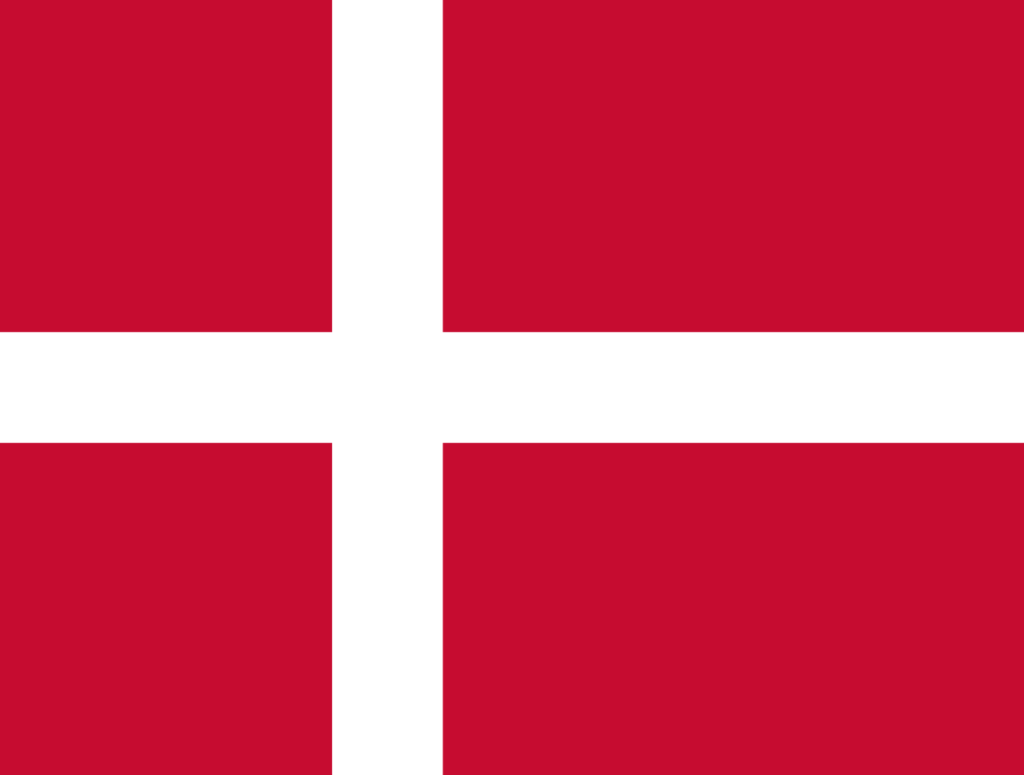 Флаг Дании, использующийся Норвегией
Флаг Дании, использующийся Норвегией
С 1815 году Норвегия входила в Шведско-норвежскую унию, и пользовалась шведским флагом, к которому позднее добавился герб, являющийся знаком идентификации. Идея современного флага возникла именно в это время.
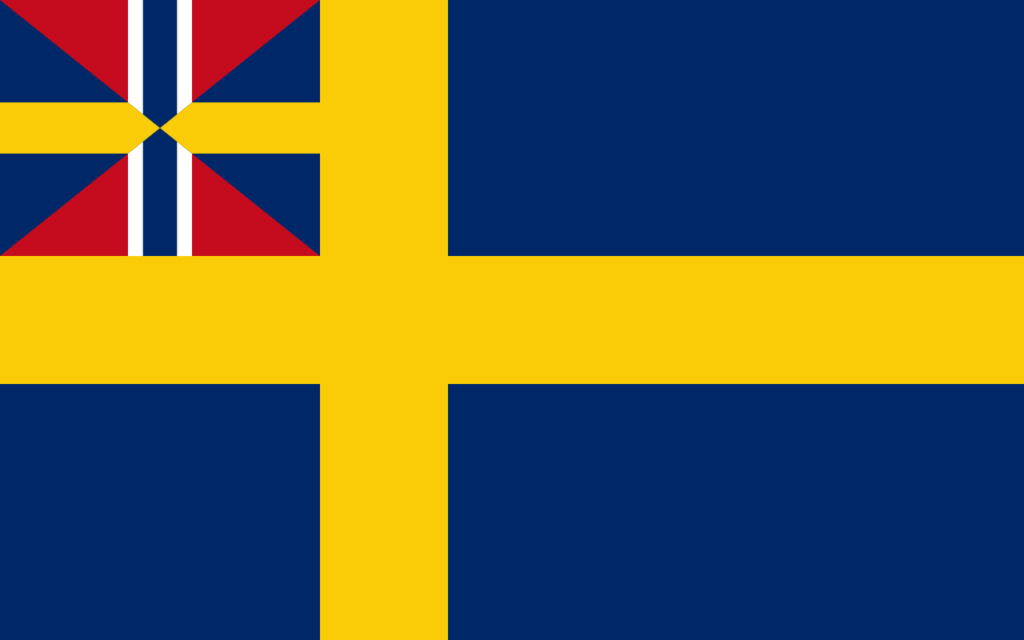 Флаг Швеции со значком унии в левом верхнем углу, 1844—1905 гг.
Флаг Швеции со значком унии в левом верхнем углу, 1844—1905 гг.
Independence and the current flag
Norway yearned for freedom and independence, which led to a return to the “pure Norwegian flag” that was introduced in 1821. Norwegian writer Bjørnstjerne Bjørnson was instrumental in the movement. His positive momentum was resisted by many of the country’s sailors who were against the change.
On 10 December 1898, the flag was approved. However, for the subsequent seven years, the new “pure flag” was mostly hoisted only on dry land, not on naval vessels.
Then, on 10 June 1905, when the union between Sweden and Norway came to an end, finally the “pure Norwegian flag” could be hoisted, not just on land but on fortifications and its naval vessels. To this day, Norwegians have never been more proud to wave their red, blue and white Norway flags.
The current flag of Norway
The country has designated “flag days” on which all public buildings fly the flag, along with many private householders. Of course, the most famous of these is the Norwegian national day on 17 May.
File history
Click on a date/time to view the file as it appeared at that time.
| Date/Time | Thumbnail | Dimensions | User | Comment | |
|---|---|---|---|---|---|
| current | 17:49, 1 August 2016 | 1,100 × 800 (543 bytes) | Jarekt | smaller frame + added encoding=»utf-8″ | |
| 17:36, 1 August 2016 | 11,000 × 8,000 (545 bytes) | Jarekt | Reverted to version as of 15:30, 26 October 2005 (UTC) | ||
| 01:17, 16 April 2007 | 1,100 × 800 (517 bytes) | Tene~commonswiki | Cleanup | ||
| 21:58, 13 September 2006 | 1,100 × 800 (529 bytes) | Madden | Auf eine alte Version zurückgesetzt | ||
| 14:11, 24 August 2006 | 880 × 640 (674 bytes) | -xfi- | code to avoid white and red stripes after scaling; encoding; description; | ||
| 18:43, 13 March 2006 | 1,100 × 800 (529 bytes) | Jon Harald Søby | Reverted to earlier revision | ||
| 17:50, 29 October 2005 | 11,000 × 8,000 (545 bytes) | Dbenbenn | Reverted to earlier revision | ||
| 14:39, 29 October 2005 | 1,100 × 800 (529 bytes) | Jon Harald Søby | agh | ||
| 15:30, 26 October 2005 | 11,000 × 8,000 (545 bytes) | Dbenbenn | by me, PD |
History
A depiction originally from ca 1370 of a Nordic king holding the historic emblems and coats of arms of Denmark, Norway, and Sweden.
The first war flag of independent Norway, introduced 27 February 1814, replaced 7 March 1815 by a common war flag for Sweden and Norway.
The national and merchant flag of Norway (1844-1899), with the Norway and Sweden union mark, the «herring salad».
It is difficult to establish what the earliest flag of Norway looked like. During ancient times countries did not fly flags. Kings and other rulers flew flags, especially in battle. Saint Olav used a serpent within a white mark at the Battle of Nesjar. Prior to this the raven or dragon was used. Magnus the Good used the same mark as Saint Olav. Harald Hardråde used the raven banner. This flag was flown by various Viking chieftains and other Scandinavian rulers during the 9th, 10th, and 11th centuries AD. Inge used a red lion on gold. Sverre used an eagle in gold and red. The earliest known flag which could be described as a national flag of Norway is the one used today as the Royal Standard. Eirik Magnusson used a flag described as a golden lion with axe and crown on red from 1280 and this was since regularly the flag of the King of Norway and thereby also of Norway.
The flag is based on the coat of arms and was originally only a flag for the ruler of Norway (as it is today). It was later also used on ships and on fortresses until it was gradually phased out during the 17th and 18th centuries. Its earliest certain depiction is on the seal of duchess Ingebjørg in 1318. Around 1500 it became the custom for ships to fly the flag of their home country to identify their nationality. A red flag with the golden lion and silver halberd is depicted as the flag of Norway in a Dutch flag book from 1669 to 1670. At least as late as 1698 the lion banner was flown over Akershus Fortress. The «Norwegian lion» was placed in the colours of all the Norwegian regiments in 1641. In 1748 a decree stated that the Dannebrog should be the only legal merchant flag.
From about the 16th century until 1814, Norway used the same flag as Denmark, as it was in union with that country. In 1814 independent Norway adopted the Danish flag with the Norwegian lion in the canton or the upper square at the hoist. This flag was in use as state and war flag until 1815 and as merchant flag until 1821. Later in 1814 Norway was united with Sweden, and on 7 March 1815 a common war flag for both states was introduced by royal order in council, the Swedish flag with a white cross on a red background in the square canton. The same design in a rectangular flag was introduced as an alternate merchant flag in 1818, for use in distant waters, i.e. south of Cape Finisterre in Spain.
The current flag of Norway was designed in 1821 by Fredrik Meltzer, a member of the parliament (Storting). It was adopted by both chambers of the Storting on 11 May and 16 May, respectively. However, the king refused to sign the flag law, but approved the design for civilian use by royal order in council on 13 July 1821. The constitution of 1814 explicitly stated that the war flag was to be a union flag, hence the common flag (Swedish with a canton signifying Norway) was used by the armies and navies of both states until 1844.
Until 1838 the Norwegian flag was only used in Northern waters, i.e. the waters north of Cape Finisterre, as Norway had no treaty with the Barbary pirates of North Africa and had to fly the Swedish or union flag for protection. In 1844 a union mark combining Norwegian and Swedish colours was placed at the hoist of both countries’ flags. The badge was jokingly or derogatorily called Sildesalaten («the herring salad») because of its jumble of colours and resemblance to a popular dish on the breakfast tables of both countries. Initially, the union flag was popular in Norway, since it clearly denoted the equal status of the two united states. As the union with Sweden became less popular, the Norwegian parliament abolished the union mark from the national (merchant) and state flags in 1898. Although the law was not approved by the King, it became effective since it had been passed by three consecutive Stortings. The «pure» flag was first flown in 1899, but the union mark had to be kept in the war flag. After the dissolution of the union, it was removed from the navy flag as well on 9 June 1905. Sweden kept it in all flags until 1 November 1905.
Captions
Licensing
| This image of simple geometry is ineligible for copyright and therefore in the public domain, because it consists entirely of information that is common property and contains no original authorship. |
| This image shows a flag, a coat of arms, a seal or some other official insignia. The use of such symbols is restricted in many countries. These restrictions are independent of the copyright status. |
File history
Click on a date/time to view the file as it appeared at that time.
| Date/Time | Thumbnail | Dimensions | User | Comment | |
|---|---|---|---|---|---|
| current | 17:49, 1 August 2016 | 1,100 × 800 (543 bytes) | Jarekt | smaller frame + added encoding=»utf-8″ | |
| 17:36, 1 August 2016 | 11,000 × 8,000 (545 bytes) | Jarekt | Reverted to version as of 15:30, 26 October 2005 (UTC) | ||
| 01:17, 16 April 2007 | 1,100 × 800 (517 bytes) | Tene~commonswiki | Cleanup | ||
| 21:58, 13 September 2006 | 1,100 × 800 (529 bytes) | Madden | Auf eine alte Version zurückgesetzt | ||
| 14:11, 24 August 2006 | 880 × 640 (674 bytes) | -xfi- | code to avoid white and red stripes after scaling; encoding; description; | ||
| 18:43, 13 March 2006 | 1,100 × 800 (529 bytes) | Jon Harald Søby | Reverted to earlier revision | ||
| 17:50, 29 October 2005 | 11,000 × 8,000 (545 bytes) | Dbenbenn | Reverted to earlier revision | ||
| 14:39, 29 October 2005 | 1,100 × 800 (529 bytes) | Jon Harald Søby | agh | ||
| 15:30, 26 October 2005 | 11,000 × 8,000 (545 bytes) | Dbenbenn | by me, PD |
File usage on Commons
More than 100 pages use this file.
The following list shows the first 100 pages that use this file only.
A full list is available.
View more links to this file.
File usage on other wikis
The following other wikis use this file:
- Usage on ab.wikipedia.org
- Участник:Huhu
- Норвегиа
- Usage on ace.wikipedia.org
- Iërupa
- Norwègia
- Pola:Sarajevo city infobox
- Sarajevo
- Pola:Country data Norwegia
- Skopje
- Usage on ady.wikipedia.org
- Usage on af.wikipedia.org
- Europa
- Narvik
- Satelliet
- Olimpiese Somerspele 1924
- Tweede Wêreldoorlog
- Lys van olieproduserende state
- Nobelprys
- Suid-Afrikaanse rand
- Nobelprys vir Letterkunde
- Nobelprys vir Vrede
- Atlantiese Oseaan
- Geldeenheid
- Noorweë
- Bouveteiland
- Lapland
- Kategorie:Noorweë
- Noors
- Rusland
- Lys van hoofstede
- Euro
- Deens
- Nynorsk
- Bokmål
- Lys van lande volgens bevolking
- Unesco
- Angela Merkel
- Britse Ryk
- Kalifornië
- OESO
- Europese Ruimtevaartorganisasie
- Sjabloon:Inligtingskas Militêre konflik
- Antarktika
- Sjabloon:NOR
- Adélieland
- Sjabloon:Antarktika-aansprake
- Koningin Maudland
- Sjabloon:Noorweë OG
- Sjabloon:Country flag alias Norway
- Peter I-Eiland
- Antártica Chilena
- Argentyns-Antarktika
View more global usage of this file.
Metadata
This file contains additional information such as Exif metadata which may have been added by the digital camera, scanner, or software program used to create or digitize it. If the file has been modified from its original state, some details such as the timestamp may not fully reflect those of the original file. The timestamp is only as accurate as the clock in the camera, and it may be completely wrong.
| Width | 1100 |
|---|---|
| Height | 800 |
Norway’s flag during the union with Denmark
Up until 1380 AD, Norway was an independent country. But that changed when the Danish and Norwegian throne was inherited by Olaf Haakonsson, which in turn created a union between Denmark and Norway. At this time, the union effectively resulted in Norway adopting the Danish flag from the 1600s.
The 400-year union with Denmark was a dark time for Norway and the era commonly referred to as “the 400-year night“. Which also incorporated the Kalmar Union (a union between Denmark-Sweden-Norway) between 1397 and 1523, in which they were under one ruling monarch.
The connection with the Danes was a period that lasted until the Napoleonic wars (1803–1815), where the Danish kingdom was defeated in 1814. The loss resulted in King Christian Frederik giving up Norway, ceding them to Sweden.
Symbolism
Fredrik Meltzer submitted his proposal just in time to be exhibited in parliament on 4 May 1821 together with a large number of other proposals. It was approved by both chambers during the following two weeks. Meltzer himself provided no written explanation for his choice of design and colours. However, his intentions may be inferred from an earlier letter of 30 April with his comments regarding the proposal from the flag committee. That design was divided quarterly red and white. Meltzer objected to the colours because they were too similar to those of the Danish flag. He added that it would be equally unseemly to choose the colours of any of «those states with which we have been or are connected with». Instead, he recommended a tricolour of red, white and blue, «three colours that now denote freedom, such as we have seen in the French flag of freedom, and still see in that of the Dutch and Americans, and in the Union of the Englishmen».
His eventual choice a few days later of a Nordic cross was clearly based on the tradition established by the other Nordic countries, Denmark and Sweden. This cross represents Christianity. The red and blue colours also explicitly referred to the same two countries, former and present union partners. It was clearly understood by all who took part in the flag discussions locally, in the press or in parliament what those colours denoted. A predominantly red flag had many adherents among those who were attached to the union with Denmark or to its flag, which for centuries had also been that of Norway. Others, who saw Denmark as an oppressor, favoured the blue colour associated with the new Swedish dynasty which was seen as more receptive of Norwegian ambitions of autonomy. Consequently, most of the other flag proposals on the agenda had either red or blue as the predominant colour, depending on the political preferences of the proposers.
Интересные факты
С флагом Королевства Норвегии связан ряд занимательных фактов, а именно:
- Он прозван «матерью всех флагов». Подобное наименование получено им, поскольку на его полотне можно обнаружить изображения других полотнищ, а именно: Франции, Индонезии, Польши, Финляндии, Нидерландов и Таиланда.
- Это первый флаг со скандинавским крестом, окрашенный в три цвета.
- Именно этот вариант флага был установлен 14 декабря 1912 г. первооткрывателем Руалем Амундсеном на Южном полюсе.
Поскольку использование национального полотнища строго регламентировано норвежским законодательством (его требуется поднимать/опускать каждый день в определенный час, не касаясь земли), норвежцы, стремясь выразить свои патриотические чувства, вывешивают у своих домов национальный вымпел. Он идентичен национальному флагу, но на нём отсутствует вертикальная перекладина креста. Он висит на флагштоке постоянно, а по праздникам жители Норвегии вывешивают оригинальный вариант флага.
Трогательная легенда
Говорят, что флаг Норвегии зародился в нынешнем виде чуть ли не за столетие до образования самостоятельного государства. Якобы во время «перехода под руку Швеции» встал вопрос о собственном стяге. И маленький мальчик Герхард Мельцер во время игры очертил белый фон креста флага Дании синими линиями. Хотя идея пригодилась только в 20 веке, понравилась она уже тогда. Отец юного художника предложил общий замысел норвежского знамени еще в 1821 году, когда Норвегии до самостоятельности оставалось почти 80 лет. А с 1844 года этот флаг еще и знаменует собой равенство всех стран тогдашнего ЕС, состоявшего всего лишь из Швеции и Норвегии.
